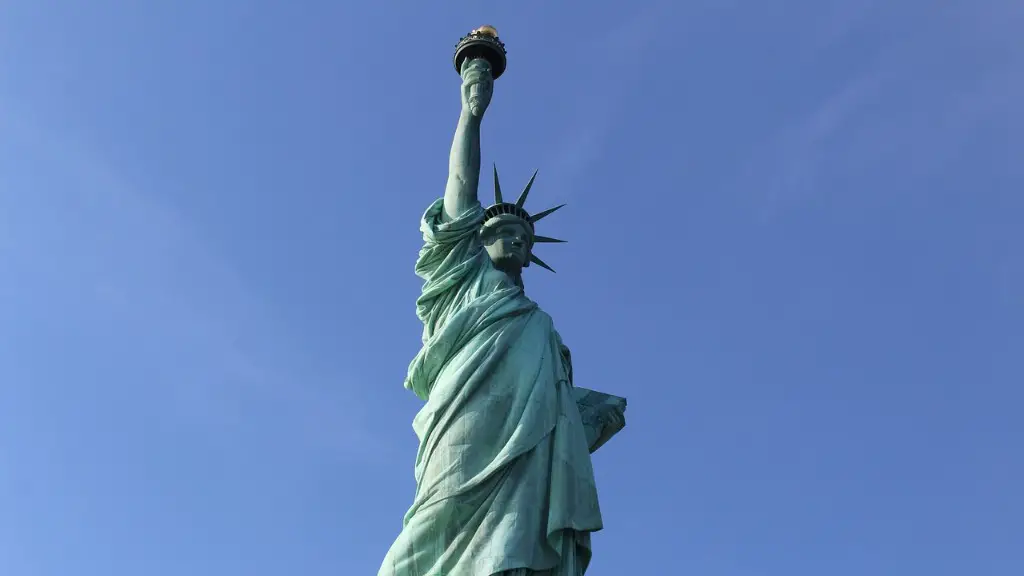Kilimanjaro: a Bucket List Dream
Kilimanjaro stands proudly as the largest mountain in Africa and one of the world’s premier mountaineering challenges. Every year thousands of adventurers attempt to summit this awe-inspiring peak, though only about a third actually make it to the top. While Kilimanjaro is known for its impressive elevation gain, the primary factor to consider when planning a successful climb is time. How long does a hike up Kilimanjaro typically take?
Terrain
Kilimanjaro has an impressive range of terrain, taking climbers through rolling grasslands, lush jungle, heath and moorland, and eventually, the dramatic alpine desert that surrounds the summit. With breath-taking views and the chance to observe unique ecosystems and unique animal and plant species, it’s easy to see why this mountain attracts nature-lovers and mountaineers alike.
Hiking Times
Of course, the length of the hike depends largely on the route chosen, but experienced guides suggest that the average hiker should plan for at least 5-7 days to complete a successful climb. The most popular route is known as the “Marangu Route” and takes climbers through the southern approach. This route is well supplied with sleeping huts and takes 6 days for the ascent and descent. However, those looking for a more challenging adventure may consider alternative routes, such as the “Lemosho Route”, a longer 8-day route taking climbers through the western approach.
Climbing Conditions
It’s important to keep in mind that these times may be extended depending on the weather and other conditions present on the mountain. An experienced guide is able to assess the overall climbing conditions and advise when further rest days would be beneficial. In some cases, climbers may need to take longer than a week to finish the route. It’s also important to remember that gaining elevation quickly can cause a condition known as “altitude sickness” which can be incredibly dangerous. It’s recommended to go slow, rest often, and watch for signs that this condition may be developing.
Preparation
Of course, the time it takes to complete this challenge also depends largely on the level of preparation and physical fitness. Exercise, hydration, and nutrition are all factors that play a significant role in the success of a Kili ascent. It is recommended to begin a fitness program several months in advance and ensure that you are prepared for the physical and mental strain that will come with it. A well-prepared climber should be able to complete the challenge in the recommended 6-8 days on the various routes.
Gear
When it comes to gear, it’s important to come prepared with the right equipment. Proper, weather-appropriate clothing, boots, and hats are essential, as well as gloves and rain protection for sudden weather changes. Depending on the route chosen, trekkers may also need a sleeping bag and tent, although huts and basic accommodations are often available on the Marangu route. A few days’ worth of food and plenty of water should also be on the packing list, and of course, a first aid kit should always be carried.
Safety
Above all, safety should be a top priority in any trip to Kilimanjaro. It’s vital to be informed about the current conditions on the mountain and always have a trusted and experienced guide. Furthermore, summit attempts should not be attempted without taking into account the weather and any physical conditions and paying attention to signs of altitude sickness.
Insurance
Finally, it’s highly recommended to invest in comprehensive insurance when planning a hike to Kilimanjaro. Accidents, injuries, and severe weather can all put a halt to the best-laid plans, so it’s best to be prepared for any eventuality in order to keep the adventure as safe and enjoyable as possible.
What You Need to Know Before You Go?
When beginning to plan a hike up Kilimanjaro, it’s essential to consider several factors, including the route that best suits the fitness level and timeframe that’s available. Preparation is key, so it’s important to start exercising, get properly outfitted with the right gear and clothing, and always plan ahead and consult with a knowledgeable guide before setting out.
Are You Physically Prepared
The physical and mental strain of Kilimanjaro should not be underestimated! It’s essential to begin a fitness program before attempting any summit, and be mindful of the dangers of altitude sickness and acclimatization. Knowing your body, understanding the conditions and challenges, and planning for any eventuality will give you the best chance of success.
Packing List
When it comes to packing for the adventure, it’s important to know what you’ll need for the hike. Early spring and late fall see the most comfortable weather on the mountain, so layering is key. A few days’ worth of food and plenty of water should also be included in the planning, and it’s important to bring along the necessary camping equipment, such as a tent and sleeping bag.
Planning Ahead
An experienced and well-prepared guide will be invaluable to ensure the success and safety of the trip, so it’s important to dedicate some time to researching and consulting with a guide before the trip. Checking weather and route information can be essential when planning the hike, and factoring in “buffer” days in case of unexpected weather or route changes is also advised. Overall, a comprehensive plan made in advance will give every adventurer the best chance at success on the mountain.

